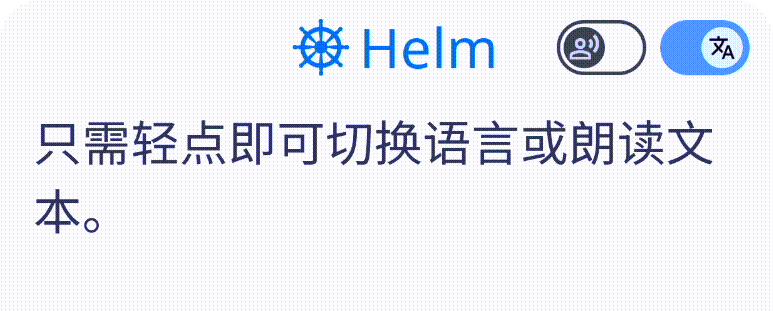 拥有12,000年历史的哥贝克力石阵标记可能代表世界上最古老的太阳历,与彗星撞击有关。
拥有12,000年历史的哥贝克力石阵标记可能代表世界上最古老的太阳历,与彗星撞击有关。  12,000-year-old Göbekli Tepe markings may represent the world's oldest solar calendar, linked to a comet strike.
12,000-year-old Göbekli Tepe markings may represent the world's oldest solar calendar, linked to a comet strike.
 土耳其哥贝克力石阵遗址上有12,000年历史的标记可能代表着世界上最古老的阳历,是为了纪念毁灭性的彗星撞击而创建的。
土耳其哥贝克力石阵遗址上有12,000年历史的标记可能代表着世界上最古老的阳历,是为了纪念毁灭性的彗星撞击而创建的。  12,000-year-old markings at Turkey's Göbekli Tepe site may represent the world's oldest solar calendar, created as a memorial to a devastating comet strike.
12,000-year-old markings at Turkey's Göbekli Tepe site may represent the world's oldest solar calendar, created as a memorial to a devastating comet strike.  遗址上的柱子上刻有太阳日历,每日365天,有12个月,还有11个额外的日,这表明古代人使用前置记录日期.
遗址上的柱子上刻有太阳日历,每日365天,有12个月,还有11个额外的日,这表明古代人使用前置记录日期.  Carvings on pillars at the site depict a 365-day solar calendar with 12 lunar months and 11 extra days, suggesting ancient people recorded dates using precession.
Carvings on pillars at the site depict a 365-day solar calendar with 12 lunar months and 11 extra days, suggesting ancient people recorded dates using precession.  研究人员认为,这些观测可能已导致宗教和农业发展,地球在穿越碎片轨道的轨道上面临越来越多的彗星撞击。
研究人员认为,这些观测可能已导致宗教和农业发展,地球在穿越碎片轨道的轨道上面临越来越多的彗星撞击。  Researchers believe these observations may have led to the development of religion and agriculture, and that Earth faces increased comet strikes as it orbits through the path of fragments.
Researchers believe these observations may have led to the development of religion and agriculture, and that Earth faces increased comet strikes as it orbits through the path of fragments.

 拥有12,000年历史的哥贝克力石阵标记可能代表世界上最古老的太阳历,与彗星撞击有关。
拥有12,000年历史的哥贝克力石阵标记可能代表世界上最古老的太阳历,与彗星撞击有关。  土耳其哥贝克力石阵遗址上有12,000年历史的标记可能代表着世界上最古老的阳历,是为了纪念毁灭性的彗星撞击而创建的。
土耳其哥贝克力石阵遗址上有12,000年历史的标记可能代表着世界上最古老的阳历,是为了纪念毁灭性的彗星撞击而创建的。  遗址上的柱子上刻有太阳日历,每日365天,有12个月,还有11个额外的日,这表明古代人使用前置记录日期.
遗址上的柱子上刻有太阳日历,每日365天,有12个月,还有11个额外的日,这表明古代人使用前置记录日期.  研究人员认为,这些观测可能已导致宗教和农业发展,地球在穿越碎片轨道的轨道上面临越来越多的彗星撞击。
研究人员认为,这些观测可能已导致宗教和农业发展,地球在穿越碎片轨道的轨道上面临越来越多的彗星撞击。  12,000-year-old Göbekli Tepe markings may represent the world's oldest solar calendar, linked to a comet strike.
12,000-year-old Göbekli Tepe markings may represent the world's oldest solar calendar, linked to a comet strike.